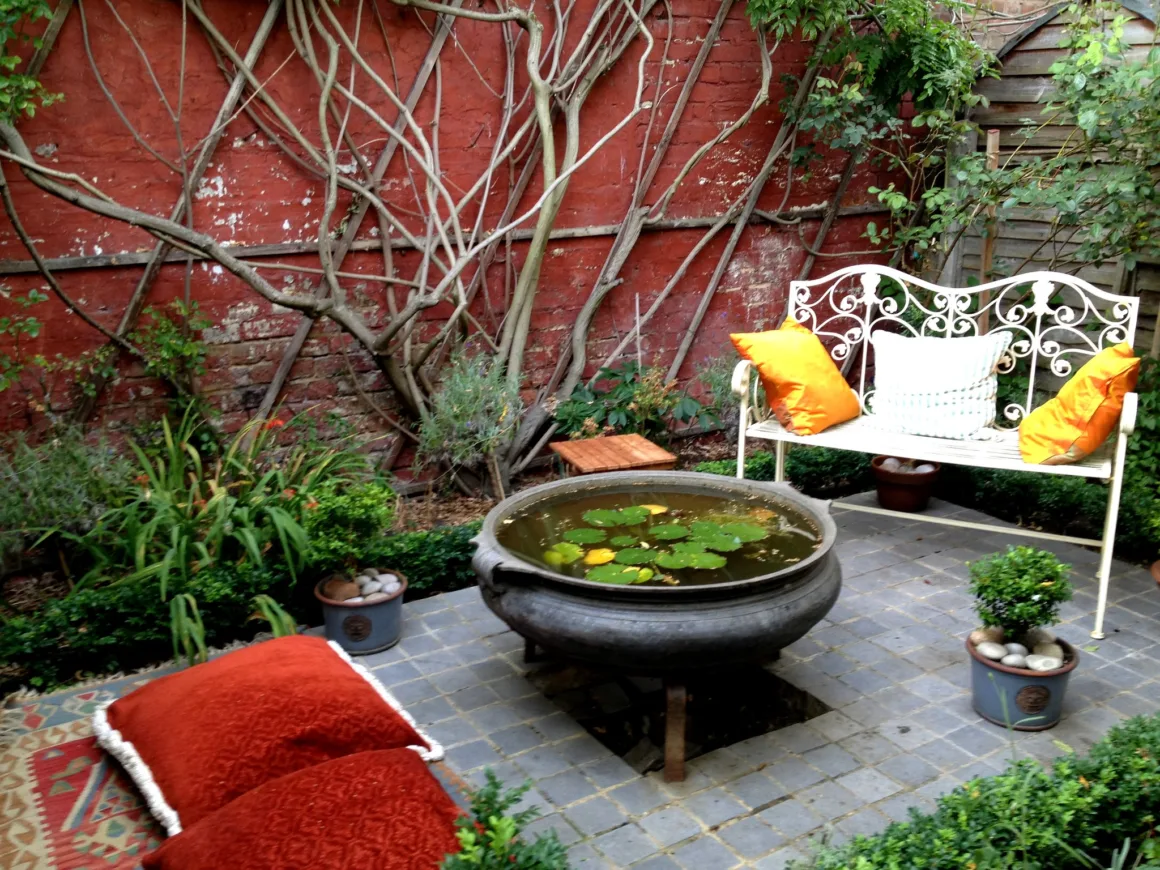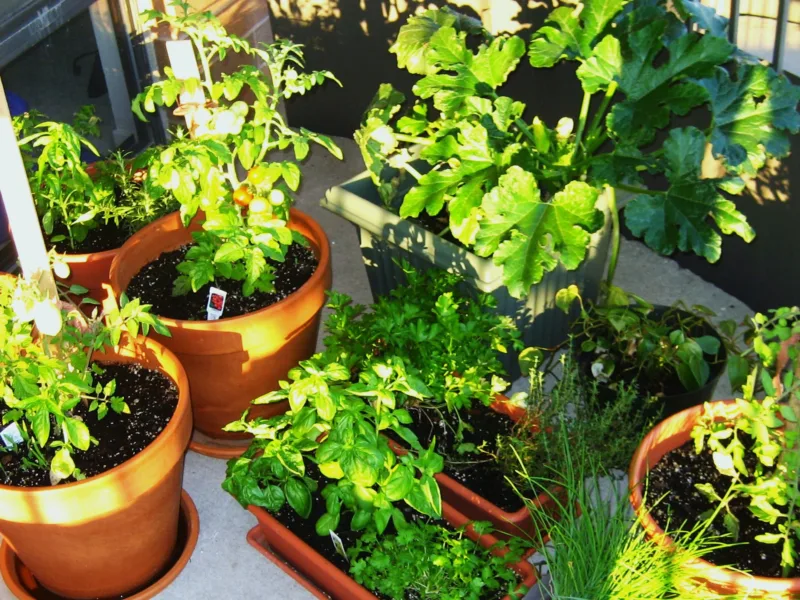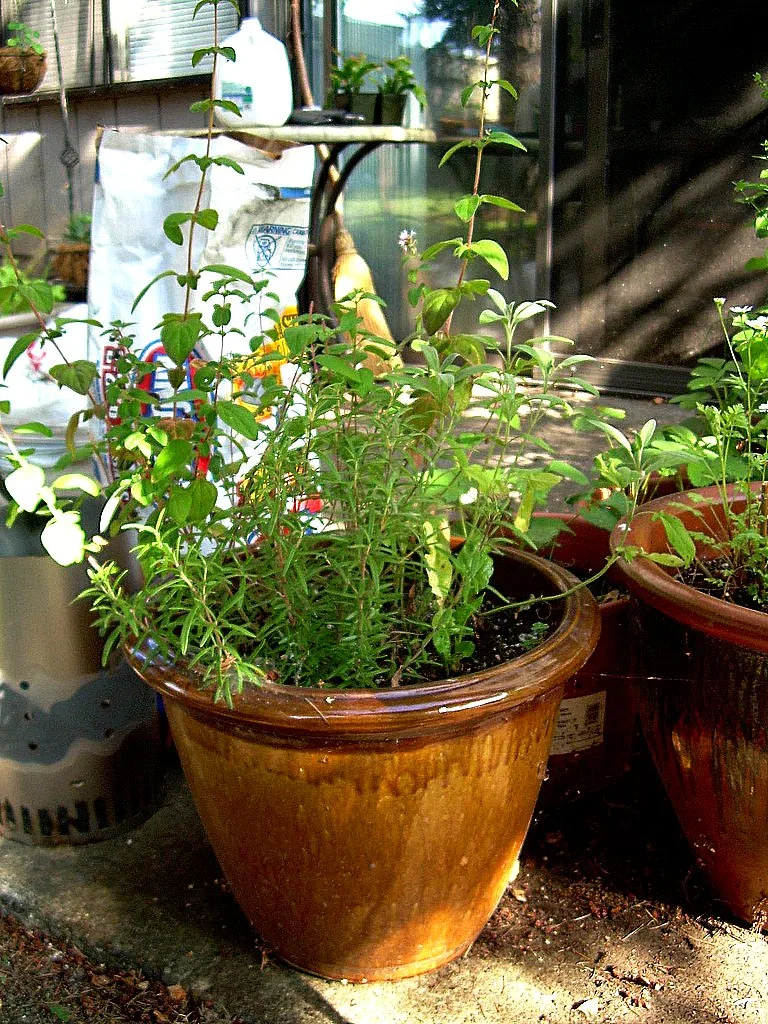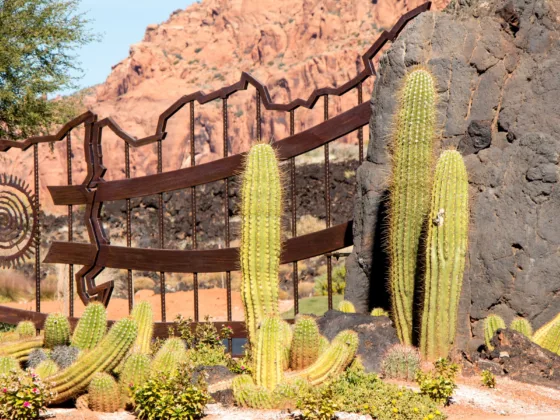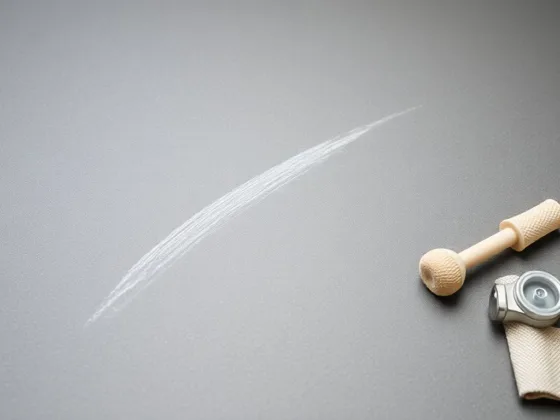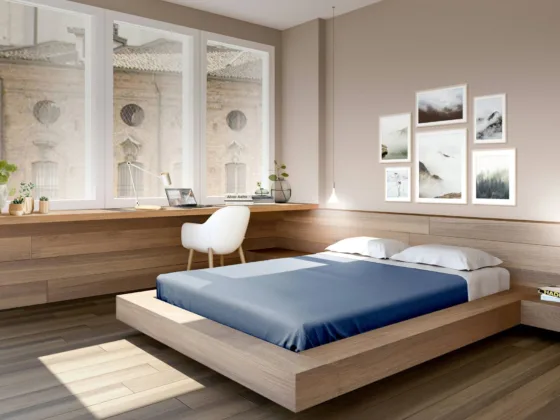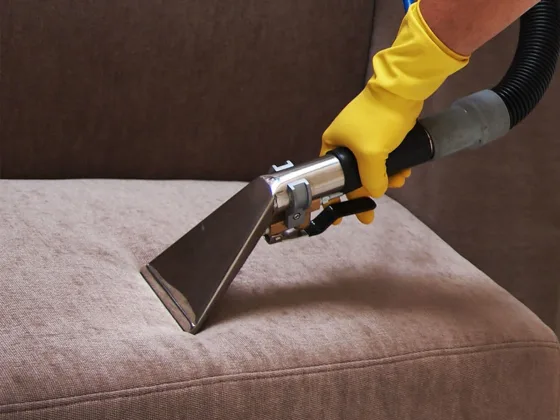Table of Contents Show
How to Make a Patio Garden with Creative Use of Space
Not every gardener has a yard, but many at least have a small patio. Learn how to make a patio garden and take advantage of the space that you do have.
Creative Space
When many people think of a flower, herb, or vegetable garden they envision rows of carrot tops, tomato vines, bean bushes, lavender plants lined with marigolds, and butterflies pursuing over flower beds. While this is a beautiful garden image, a small patio can also be made into a vibrant space.
Knowing how to make a patio garden is as simple as placing a few pots around the patio with herbs or vegetables, adding a potted shrub, and then hanging plants. With a little creativity and vision, there are endless ways to turn your patio into an incredible garden.
Container Gardening
Many apartment gardeners are familiar with container gardening — growing plants in containers, which can be kept indoors, placed outside, or both. By using containers, such as terra-cotta or ceramic pots, planter boxes, and wooden crates, gardeners can extend or create the growing season in colder climates, or make an opportunity for creating a garden when there is no space outdoors (not even a patio).
Many plants do well in containers. Great vegetables to add to your patio garden include tomatoes, lettuce, peppers, eggplant, and radishes. Most herbs can thrive in a small to a medium pot. Grow basil, fresh mint, dill, and parsley in your patio garden. Flowers such as snapdragons, geraniums, and zinnias will add color to your space.
Layering Your Plants
Take advantage of whatever space you have. Lay plants on outdoor window sills, patio benches, steps, and chairs. Hang geraniums and tomato plants overhead in hanging pots. Use patio furniture for growing vines. If the necessary purchase or build a small bench to add more vertical space.
Important Considerations
There are a few things to keep in mind when designing a patio garden.
- Limited sunlight. Determine how many hours of daylight your patio has. For plants that require partial to full sun, make sure to move them into the sunlight as required as the sun moves across the patio. If you have very little sunlight available, consider choosing plants that thrive in partial shade. Keep plants such as lettuces, chervil, lemon balm, and cabbages in areas with less light, allowing the sun-loving herbs, fruits, and vegetables to bask in the sunnier spaces.
- Use proper soil. A purchased or homemade potting soil is necessary for container gardening to ensure proper plant drainage and nutrition. If you’ve started your own compost pile, this nutrient-rich material should work well for most plants. A mixture of sand, garden soil, and peat moss (or coir, the eco-friendly substitute) will work as well.
- Make sure to water your plants appropriately. Small, drainable pots can only retain so much water for growing plants.
Knowing how to make a patio garden is wonderful for gardeners who want all the rewards of a thriving garden, but simply do not have the space. Start small, using a few easy-to-grow plants such as lettuce, mint, and geraniums, and then expand as you become accustomed to your unique gardening space.
References
- Container Vegetable Gardening – University of Florida IFAS
- Guide to Container Gardening – Garden Guides
- Photo by: Little Blue Hen (CC/Flickr)
- Photo by: Garden grrrl (CC/Flickr)
- Patio Garden Photo by: Sue Lowndes (CC/Flickr)
